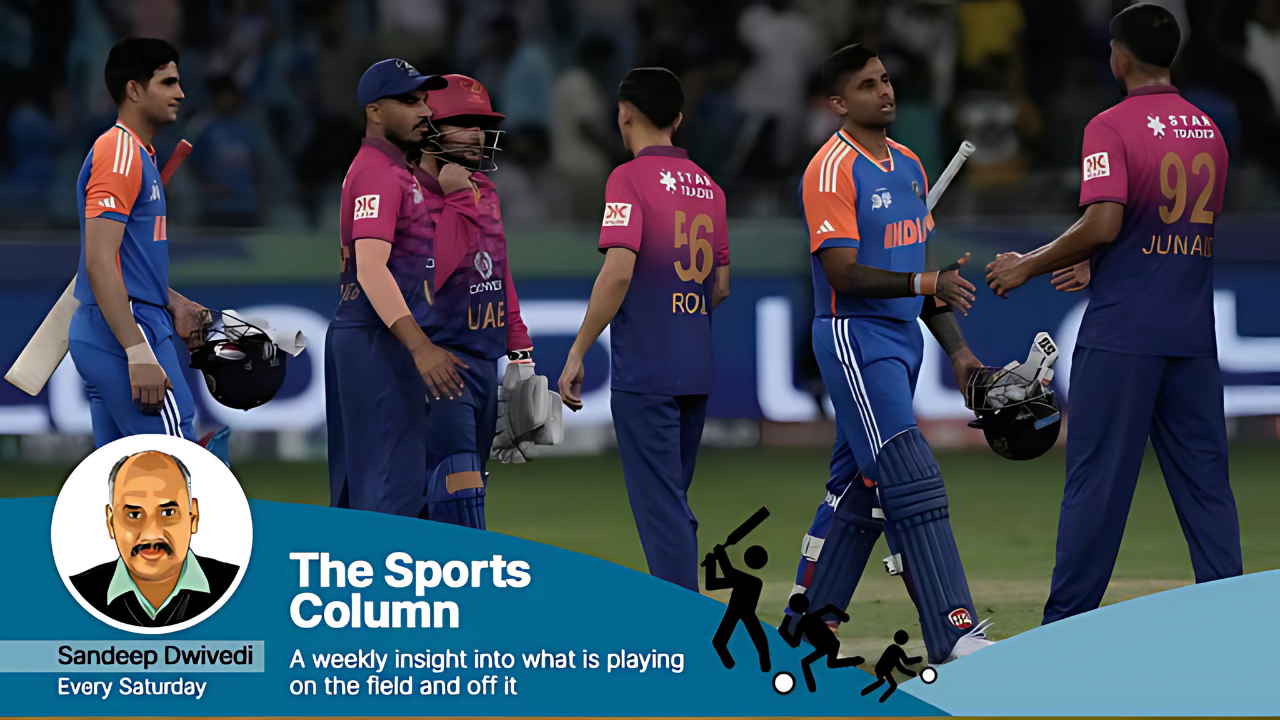
Post by : Shivana Rahim
Photo:indianexpress
The Asia Cup stands as cricket’s crown jewel in Asia, a tournament steeped in fierce rivalries—particularly the thrilling India vs. Pakistan clashes that captivate millions. Held from September 9 to 28, 2025, in the UAE, this tournament brings exciting cricket and passionate fans to the forefront. Yet, a simmering debate has captured the spotlight: Should the expat-heavy teams of UAE, Oman, and Hong Kong continue to participate in this elite competition?
These teams, dominated by players of South Asian descent who have relocated for work or residency, bring undeniable enthusiasm to the game. However, questions loom about their impact on cricket’s growth in their respective countries and the overall competitiveness of the Asia Cup. Are these expatriate-rich squads true representatives, or do they dilute the tournament’s standard? This article explores this controversy, its implications, and what the future might hold.
Since its inception in 1984, the Asia Cup has been the flagship event of the Asian Cricket Council (ACC), uniting diverse nations through cricket. Initially featuring just India, Pakistan, and Sri Lanka, it has expanded to an eight-team T20 tournament that embodies the spirit of competitive cricket in the region. The 2025 edition is notably hosted entirely in the UAE owing to geopolitical tensions preventing India from playing hosts.
The tournament divides into two groups:
Group A: India, Pakistan, UAE, Oman
Group B: Sri Lanka, Bangladesh, Afghanistan, Hong Kong
Top two from each group advance to the Super Four stage, culminating in the highly anticipated final on September 28.
The UAE, Oman, and Hong Kong teams have gained attention for their expat-majority compositions. Let’s break down what this means:
UAE: Led by Muhammad Waseem, the squad includes players with Indian and Pakistani roots, such as Alishan Sharafu, Asif Khan, and Aryan Lakra. The team’s heavy reliance on expatriates is understandable given the UAE’s estimated 88% expat population and the sport’s introduction here by South Asian workers in the 1960s.
Oman: Making its Asia Cup debut under captain Jatinder Singh, Oman’s squad features players mostly of South Asian heritage, such as Aamir Kaleem and Sufyan Mehmood. Though they showed grit by qualifying as runners-up in the 2024 Premier Cup, their recent 0-3 T20I series loss to the USA highlighted developmental challenges.
Hong Kong: Captained by Yasim Murtaza, Hong Kong mixes local players like Zeeshan Ali with expatriates such as Babar Hayat and Anshuman Rath. Their qualification for the 2025 Asia Cup was celebrated, but the team received a harsh 94-run defeat by Afghanistan, exposing skill gaps.
ICC rules permit nationality changes if a player has resided three years in a country, facilitating this expat-heavy trend. While pragmatic, it raises concerns about the authenticity and developmental focus of these teams.
Expat players are the backbone of associate cricket nations. In the UAE, expats fuel grassroots enthusiasm, and players like Haider Ali bring domestic experience from cricketing giants. Oman’s candidacy grew with leaders like Jatinder Singh, whose cricketing skills emerged in India. Hong Kong’s stars like Babar Hayat showcased high overall ability, demonstrating expats can shine on international stages.
This aligns with the ICC’s mission to globalize cricket and provide opportunities to emerging nations. Expatriates help associate teams reach performance thresholds, enabling participation in tournaments like the Asia Cup.
However, native player development lags. UAE’s local star Muhammad Waseem is an exception; Oman lacks Omani-born players; Hong Kong struggles against more popular sports like football. Critics argue expat reliance masks systemic deficiencies, threatening sustainable growth and reducing the Asia Cup’s role as a platform for true local talent.
The 2025 Asia Cup began with starkly one-sided games:
Afghanistan’s 94-run demolition of Hong Kong
India’s comfortable dismantling of UAE in just 17 overs
Pakistan’s 93-run thrashing of Oman
These mismatches hurt viewer engagement, as fans used to the high-octane thrills of the IPL tuned out. Fielding errors, clumsy batting, and amateurish displays contributed to a spectacle that sometimes felt more like a local tournament than a premier international event.
One moment underscored this divide—a UAE batsman erroneously allowed to continue after dismissal, reflecting an informal level of play contrasting with IPL professionalism.
The Asia Cup is celebrated for exhilarating moments and intense rivalries. However, the expat-heavy teams often dilute this excitement with predictable results. The tournament’s prestige can suffer when matches lack competitiveness.
At the same time, these teams represent cricket's expansion beyond traditional strongholds. The passionate multicultural crowds in the UAE create vibrant atmospheres celebrating cricket’s diversity.
The challenge is creating a framework that balances inclusivity with competitive integrity, ensuring fans stay invested throughout the tournament.
Expats face challenges beyond the boundary:
Limited cricket infrastructure and development programs hinder local talent growth.
Many players juggle complex identity and loyalty dynamics between birth nations and adopted homes.
Financial constraints and organizational issues impact professionalism and preparation.
Without investment in native development and robust leagues, the reliance on expats could stagnate progress and limit the sport’s footprint in these nations.
For the Asia Cup’s continued relevance, associate teams must evolve:
Prioritize grassroots programs to nurture indigenous cricketing talent.
Reform qualification and participation to incentivize homegrown player prominence.
ICC and ACC should balance development goals with preserving tournament competitiveness.
Afghanistan exemplifies how local commitment can transform a nation into a cricketing powerhouse—a model replicate for others.
The Asia Cup’s future depends on whether the tournament fosters genuine cricketing growth or merely offers exposure to expatriates. The expat-heavy UAE, Oman, and Hong Kong teams embody both opportunity and challenge: they maintain cricket’s reach but risk diluting its developmental essence.
For long-term success, strategic investments and innovative policies must prioritize native talent without sacrificing the rich passion these expatriate communities bring. Only then can the Asia Cup flourish as Asia’s ultimate cricketing celebration.





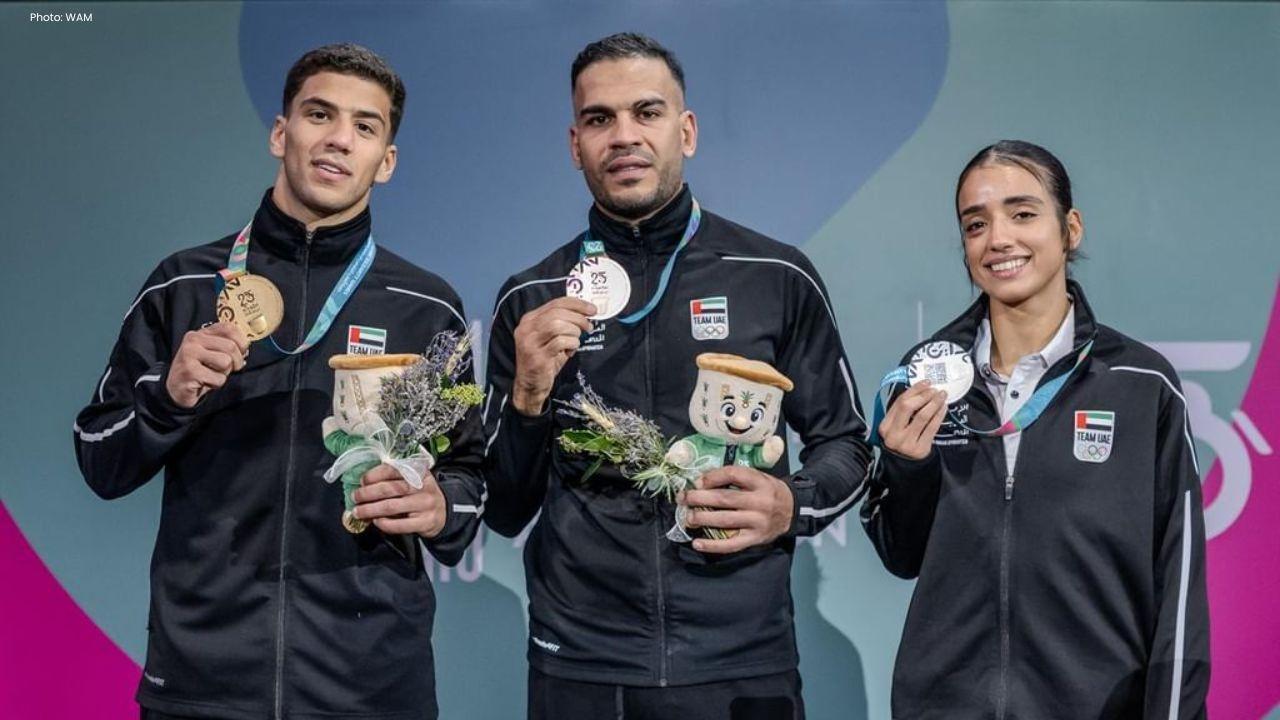




Curry Powers Warriors to Nail-Biting 109-108 Victory Against Spurs
Stephen Curry's 49 points propel the Warriors to a dramatic 109-108 NBA Cup triumph over the Spurs,
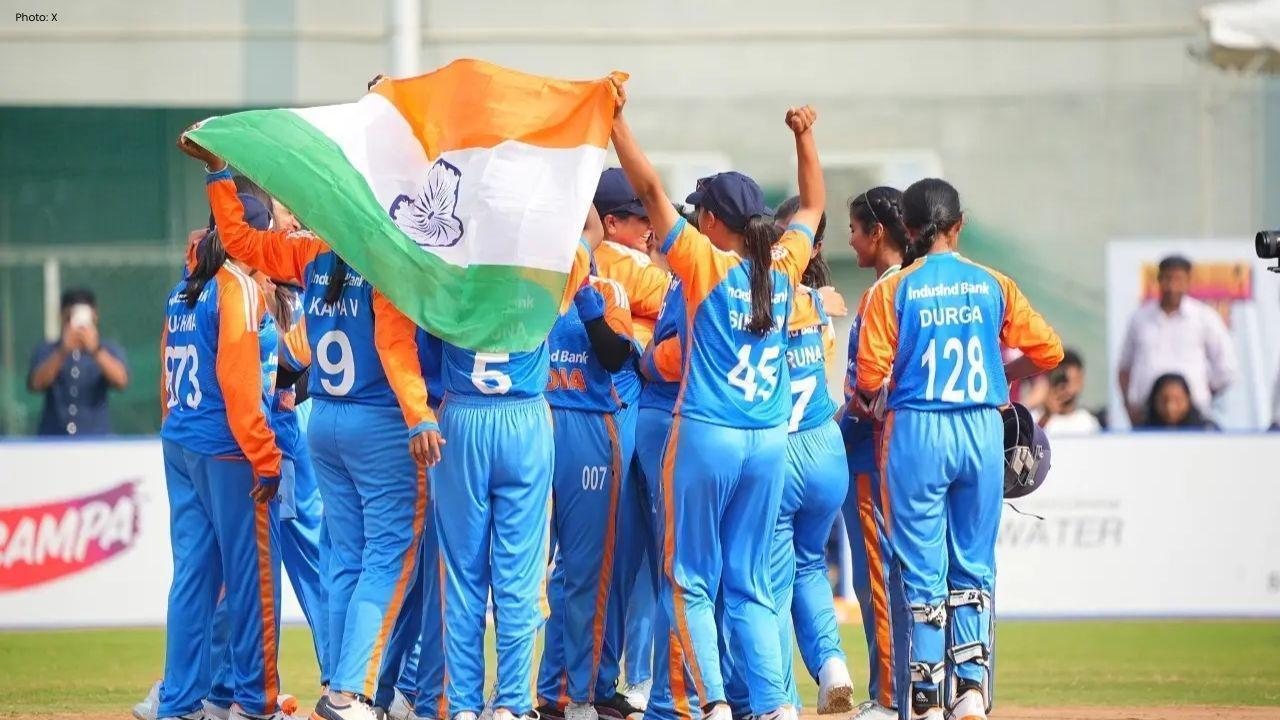
India Advances to Semi-Finals After Thrashing USA in Women’s Blind T20 World Cup
India secured a dominant ten-wicket victory over the USA, advancing to the semi-finals in the Women’

South Africa's Early Advantage as India Struggles on Day Two
On Day Two, India reached 138-4 as South Africa took three early wickets, complicating matters with
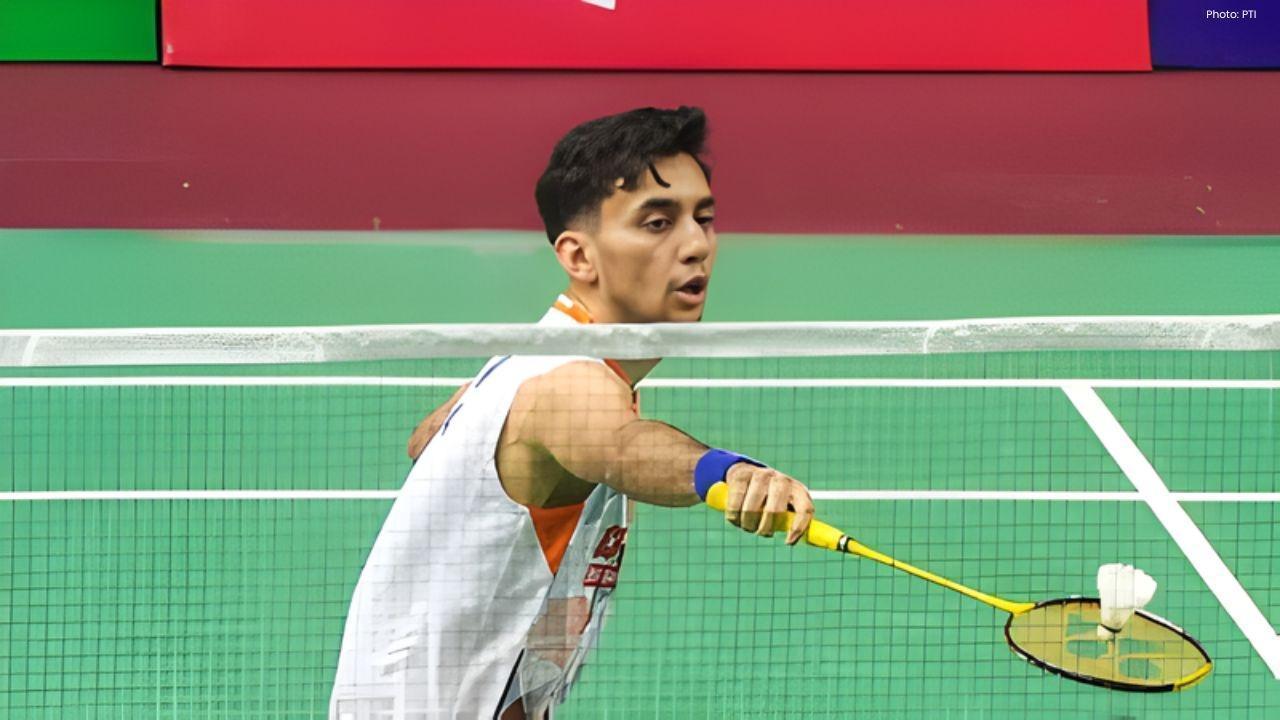
Kenta Nishimoto Defeats Lakshya Sen in Japan Masters Semifinal
Lakshya Sen's journey in the Japan Masters ends after losing to Kenta Nishimoto 19-21, 21-14, 12-21
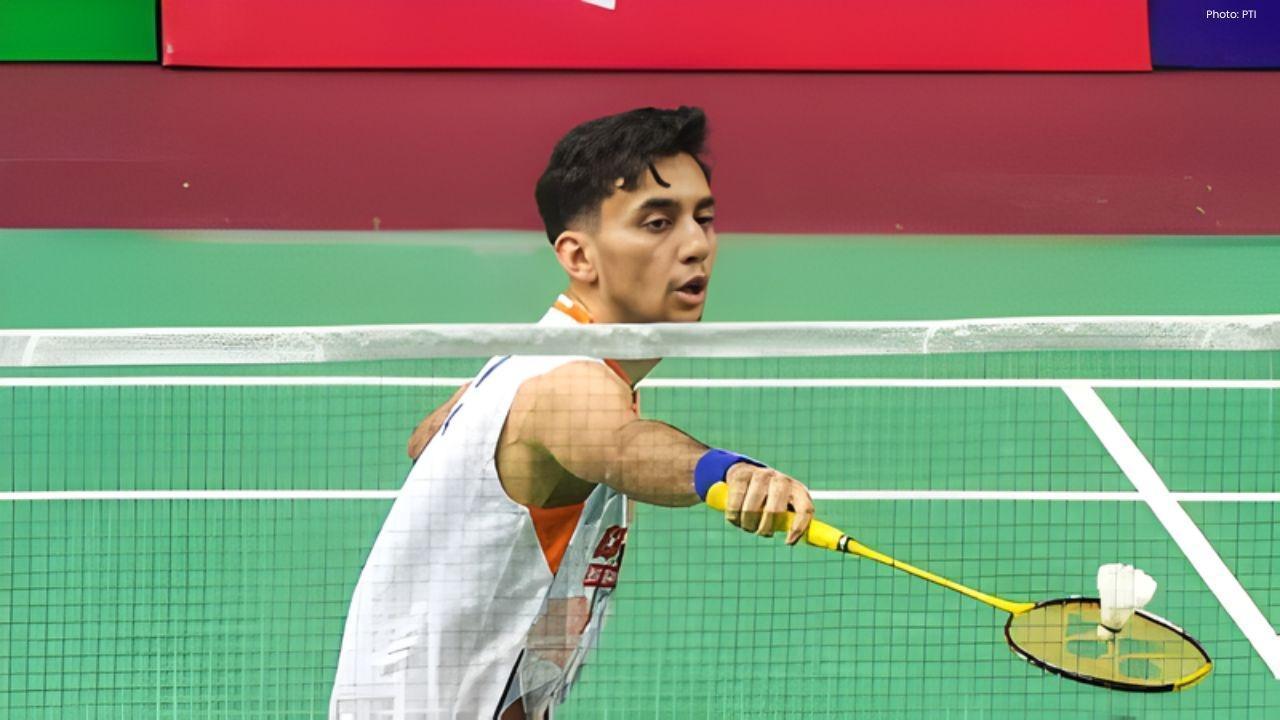
Kenta Nishimoto Defeats Lakshya Sen in Japan Masters Semifinals
Lakshya Sen's run at the Japan Masters concludes with a loss to Kenta Nishimoto in the semifinals, 1
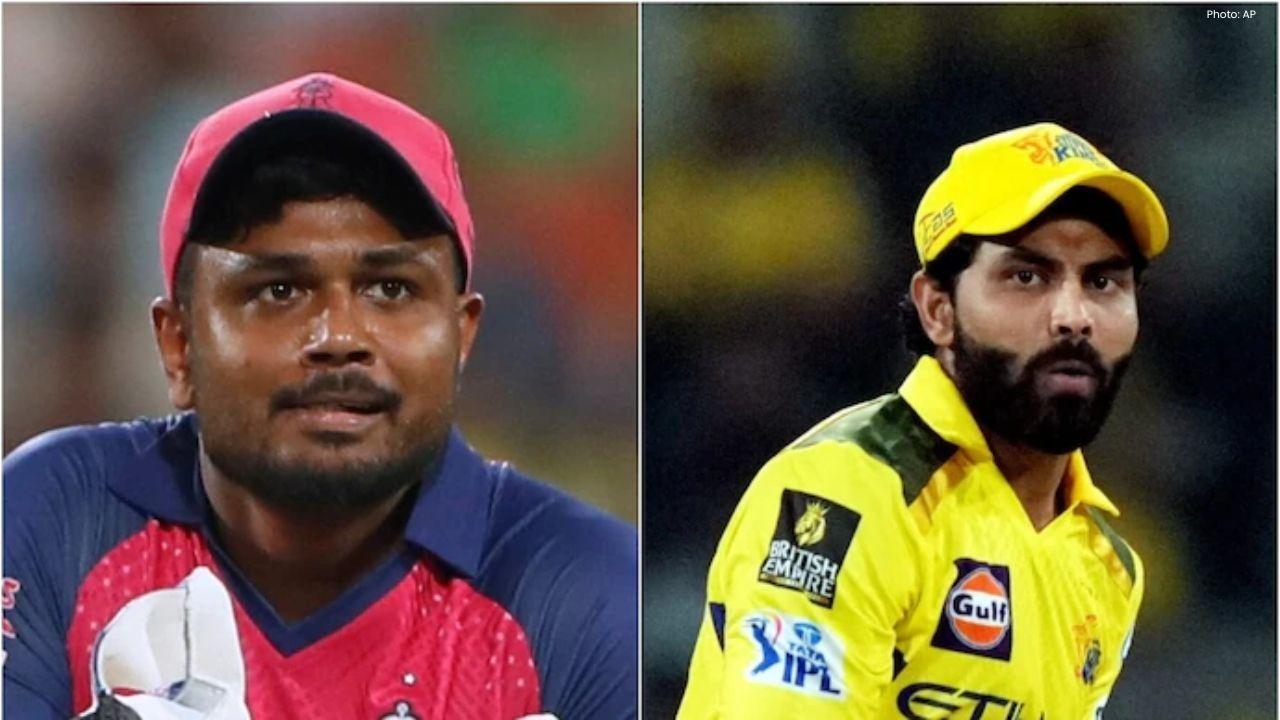
Major IPL Trade: Jadeja Joins Royals as CSK Signs Samson
In a significant IPL trade, CSK has acquired Sanju Samson from Rajasthan Royals in exchange for Ravi